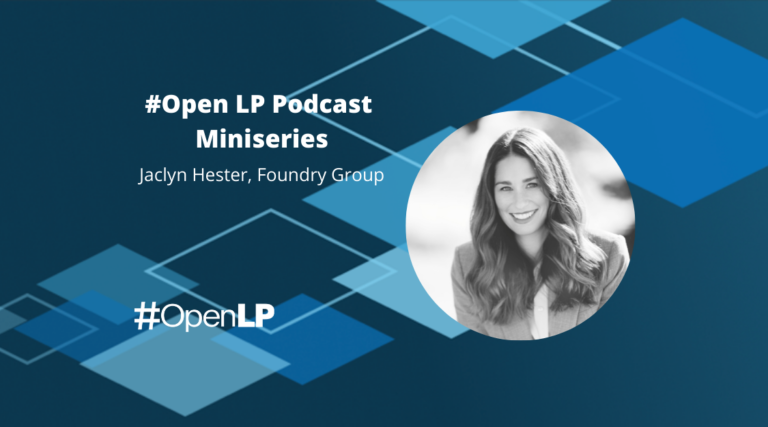Recently, Josh Kopelman publicly released First Round Capital’s quarterly LP letter, stating that portfolio returns in venture capital will be affected by two numbers: entry valuations and exit prices. In today’s market, entry valuations are up (a lot) and exit prices have not risen proportionally, which means venture math for what it takes to generate great venture returns has changed. Below, I discuss various inputs (such as fund size, number of companies, initial check sizes and reserves) that go into building a portfolio and how these inputs affect the simple math of portfolio returns.
Fund Size: Once you raise your fund, this is a fixed number, and the larger the fund size, the more returns you will have to generate to have great performance. This is one argument for having a smaller fund: it requires less value to be created in total to generate great returns. That’s why you see some small funds achieving very large multiples, including at least one over 200x. It would require quite a bit of market capitalization to generate a 200x multiple on a $1 billion fund.
Number of Companies: Will you be investing in ten companies or a hundred companies? The expected number of companies will determine the initial check size per company and how much capital has to be reserved for follow-on rounds. Typically, a higher number of companies will translate into a lower amount of capital invested into a company, which in turn means that each company with then have to generate significant returns to individually have an impact on overall fund returns. LPs can sometimes favor a “concentrated portfolio” because it means larger checks into a more manageable number of companies. It can also mean higher ownership in a smaller set of companies, which could equate to a greater pay-off for the overall fund returns assuming a successful exit. For example, 1% ownership is not as effective as 10% ownership of a billion dollar exit.
Initial Check Sizes and Ownership: The larger the initial check size, or smaller the valuation, the higher the initial ownership, and ultimately, the greater the chance of returning significant capital to the fund during a successful exit. However, in the current environment, the same check size that would have bought 20% of a company a few years ago, now only buys 10%. And when that company is successful and sells for $1 billion dollars, you are receiving only half of the return that you would have received only a few years ago. This indicates that initial ownership should be very important. Some VCs are flexible with initial ownership expectations, saying that it’s more important to have low ownership in a successful company than high ownership in a company that goes out of business. However, how many successful billion dollar exits are you going to have per fund and how will you predict which of these companies will be the winners at initial investment? If you can answer those questions, then ownership probably doesn’t matter. If you can’t, then optimizing ownership across the portfolio should be a key factor in the decision-making process of a new investment. Also, some funds are now content with lower initial ownership in the first round of financing because they are good partners and able to increase their ownership in the companies that have made the most progress in between rounds or during a subsequent round of financing.
Reserve Ratio and “Matriculation”: How much capital have you reserved for your companies and how many companies can reasonably be expected to raise follow-on capital before selling or going public? In this current market environment, VCs seem to be allocating capital at a faster than normal rate because:
- many companies are raising follow-on capital sooner than expected, including preemptive rounds to avoid paying a higher price for the same company a few months down the road and
- VCs are forced into investing reserves in follow-on rounds that they were not originally expecting to invest, partly driven by larger valuations generating larger pro rata allocations to the fund.
Investing in these follow-on rounds can be useful to buy up ownership or prevent dilution, but can also mean averaging down returns on the initial invested capital. Having conviction in the portfolio drivers early in the fund’s life cycle is important to determining the best use of reserves.
Determining Reasonable Return Expectations for Successful Companies: How will exit markets evolve, both M&A and public markets? If your best companies are bought at reasonable exit expectations in a rational market based on appropriate comps, does this show that your fund is returning greater than 3x net to limited partners? Having reasonable return expectations and still showing a successful fund outcome is essential since odds are many companies may not achieve billion dollar plus outcomes. As an internal exercise at Sapphire Ventures, we calculate the value needed for each company in the portfolio to return the fund. VCs are not stock market analysts and expecting them to call exit markets is unrealistic, but being cognizant of how various scenarios can play out in a world where we can’t predict the future is very important.



